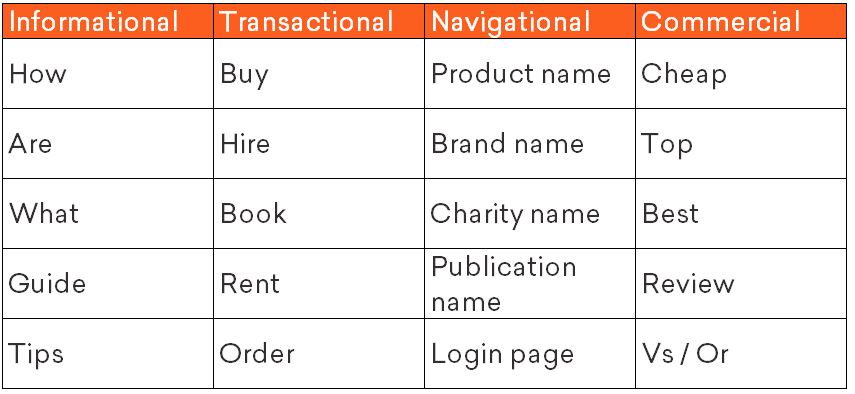USPs and Keywords
You’re (hopefully) going to be ranking right alongside your competitors, so getting your USPs out in front of the user as soon as possible is the obvious way to set yourself apart.
While your USPs clearly depend on which industry you’re in, it’s likely that you’ll want to include any information about signature products and specific services you offer, as well as delivery options, and anything else which might differentiate your company from similar brands.
Your USPs will probably cross over slightly with relevant keywords, but it’s worth noting that the keywords you’re targeting the most should come first wherever possible, especially in your meta title.
Google has been too smart to fall for keyword stuffing for a while now, but it’s still vital that you fit your staple keywords into your meta description too. Don’t cut your keywords up for the sake of your character count, but make sure they appear in full. For example, if your keyword is “how to wear knee-high boots”, you’ll need to fit that whole clause into your meta description.
Your title tags should:
- Not be less than 30 or more than 60 characters.
- Be engaging and accurately signpost the webpage itself.
- Target your most important keywords, as early as possible.
- Appeal to the relevant category of user intent.
- Include your brand name, to increase brand recognition and help to meet EAT guidelines.
Your meta descriptions should:
- Not be less than 70 or more than 160 characters.
- Be as concise and compelling as possible; make your point without overegging it.
- Contain an accurate description of your products or services – don’t deceive your users for clicks.
- Be free of special characters (anything non-alphanumerical). Even if they look fine to you, Google struggles to read them, so they can have a negative impact.
- Include a short call-to-action at the end, like ‘read more’ or ‘try today’, if this is appropriate.
We’re here to help! Get in touch with your questions via email using [email protected] or send us your queries on LinkedIn.




